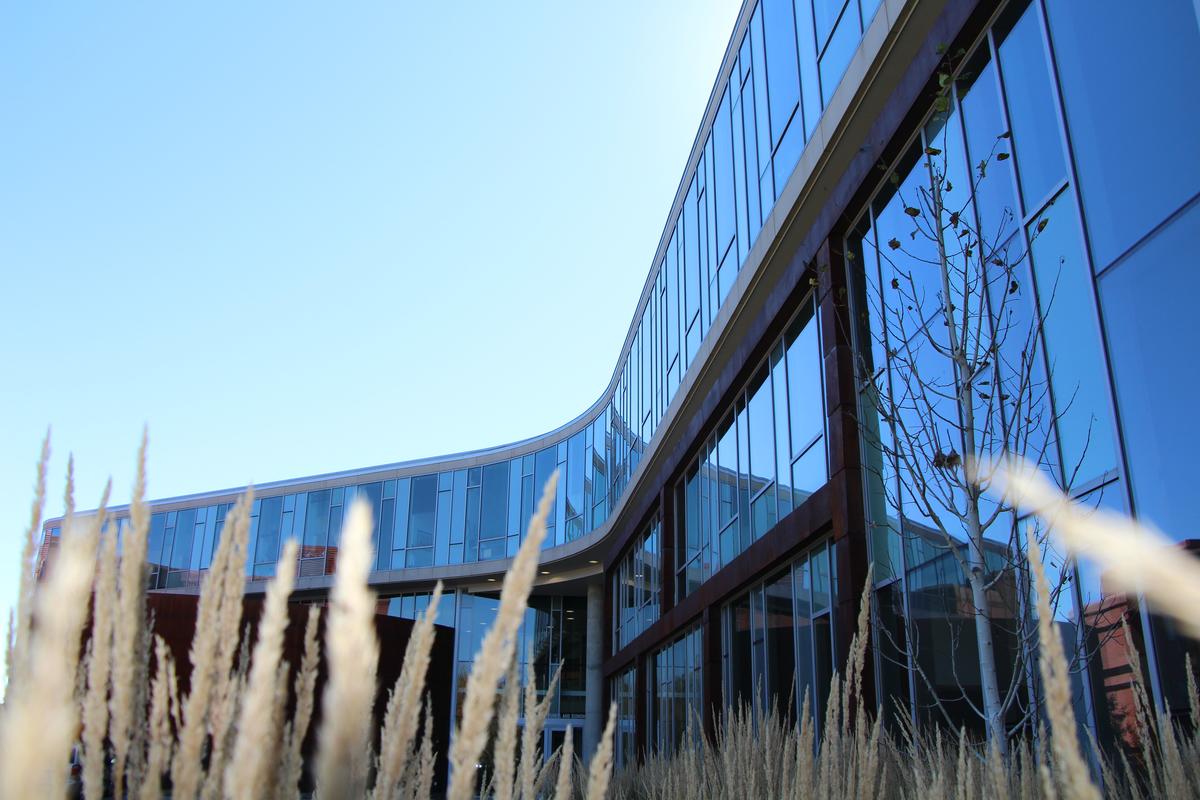According to a report by the Labovitz School’s Bureau of Business and Economic Research (BBER), the film and content industry in St. Louis County brought in approximately $3.2 million in production, creating 106 jobs in 2022. However, growth projections show the industry could infuse the economy with almost 15 times more dollars and 20 times more jobs.
The study was conducted for the Upper Midwest Film Office (UMFO).
To incentivize film production in the area, St. Louis County currently offers an annual 25% rebate on film industry spending. The current cap on the rebate is $1 million, meaning that the film industry can spend $4 million annually before it reaches the limit for the incentive.
Examined in five different growth scenarios, the BBER report shows increases to employment, labor income, value added, and total output in the county if the rebate limit was raised from the current $1 million cap (Scenario 1). The BBER’s small growth scenario increases the rebate cap to $3.25 million, medium to $6.25 million, and large to $12.5 million (see below for definitions and scenario details).
UMFO suggests that a soundstage would also be needed to support the growth of the film and content industry. Scenario five shows the one-time economic impacts available for that project.
The most ambitious economic model rebate cap in Scenario 4 ($12.5 million) projects an increase of almost 2,200 jobs, $46.2 million in labor income, $57.1 million in value added, and $100.5 million in total output.
| Scenario | Employment | Labor Income | Value Added | Output |
| Scenario 1: Current ($1M incentive cap) | 106 | $2.50 | $3.20 | $6.90 |
| Scenario 2: Small Growth ($3.25M incentive cap) | 485 | $10.20 | $13.60 | $28.70 |
| Scenario 3: Medium Growth ($6.25M incentive cap) | 973 | $21.40 | $21.10 | $52.40 |
| Scenario 4: Large Growth ($12.5M incentive cap) | 2,198 | $46.20 | $57.10 | $100.50 |
| Scenario 5: Soundstage Construction | 439 | $27.40 | $33.90 | $63.50 |
UMFO works to leverage incentives like this to attract film and TV production in Northeast Minnesota. UMFO requested the study to show the impacts the industry has on the area to possibly increase the incentive.
The BBER found that this rebate was relatively successful in spurring economic activity in 2022, with nearly $3.2 million spent for film production in the county. As a result of the industry’s spending, 106 jobs were created for eight completed projects. These 106 jobs helped produce $2.5 million in labor income, $3.2 million in value added spending, and $6.9 million in total output for St. Louis County. Three more projects were still in the works at the time of the BBER’s study.
The report, “The Economic Impacts of the Content Industry in Northern Minnesota” can be found on the U of M’s Digital Conservancy website.
Definitions:
Direct effect: Initial new spending in the study area resulting from the project
Indirect effect: The additional inter-industry spending from the direct impact. For example, increased sales at linen supply firms resulting from increased motel stays (sales) would be an indirect effect of visitor spending.
Induced effect: The impact of additional household expenditures resulting from the direct and indirect impact. For example, motel employees spend the income they earn from increased tourism on housing, utilities, groceries, and other consumer goods.
Output: The sum of all spending required to sustain activities
Value added: A measure of the impacting industry’s contribution to the local community; it includes wages, rents, interest, and profits
